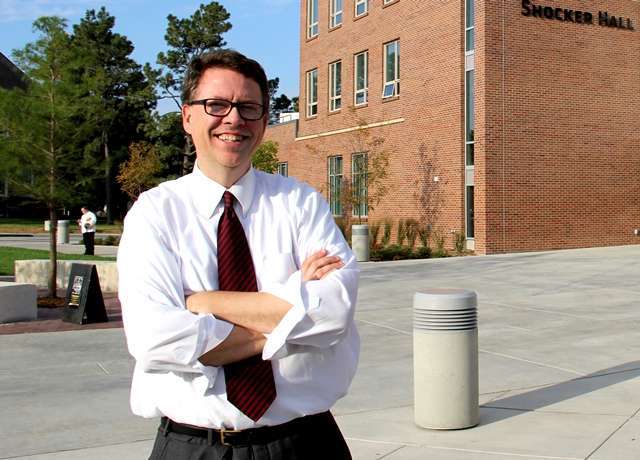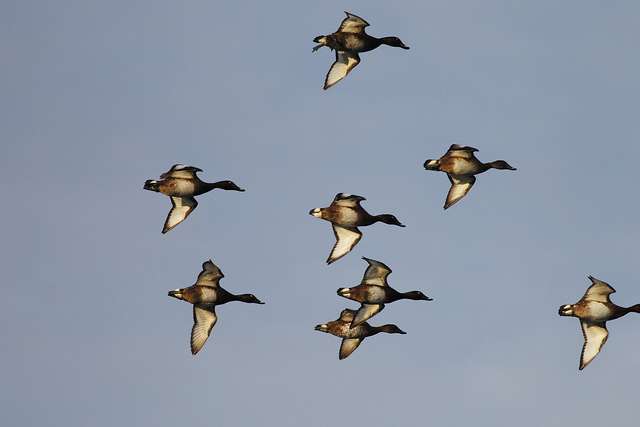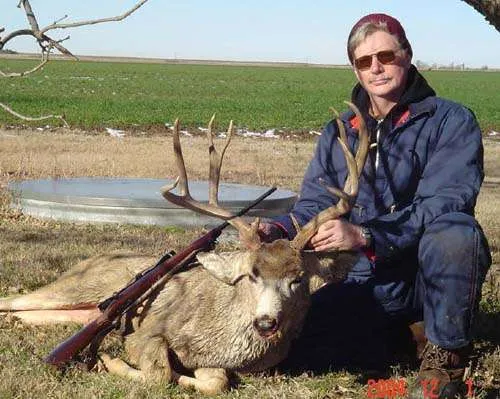 Wichita State University has created a new position dedicated to guiding high-achieving students through the daunting process of applying for competitive national fellowships and scholarships, such as Fulbright, Rhodes, Truman, Marshall and Goldwater awards.
Wichita State University has created a new position dedicated to guiding high-achieving students through the daunting process of applying for competitive national fellowships and scholarships, such as Fulbright, Rhodes, Truman, Marshall and Goldwater awards.
Jeffrey Stephens started his job in WSU’s Honors College as academic advisor and coordinator of national scholarships and fellowships on Sept. 2.
Stephens’s position focuses on the scholarship application process for students who are competing against hundreds of others from large universities with rich traditions of receiving these scholarships.
“WSU has had success in the past with various scholarship-winning students, but the procedure was not centralized,” Stephens says. “The position is necessary these days — and it really is the national trend to have at least one person to coordinate the scholarship applications — because it is a very daunting task for a student who has an enormous number of other commitments to deal with the application procedures for a major scholarship.”
Stephens says now is a good time for this move, with the recent development of the university’s new Honors College. But, he points out, all WSU students who meet award guidelines are eligible to apply for the scholarships/fellowships.
“We have recruited a strong class into the new Honors College, and we know we have many qualified students across campus,” he says.
A less intimidating process
The process of applying for these highly competitive awards is difficult and stressful for students who are already busy with school and other commitments. Stephens says many students start the process, but get overwhelmed and give up before completing the application requirements.
“With a campus resource dedicated to assisting students with the applications, the task can be much easier,” Stephens says.
At many universities like Wichita State, faculty mentors identify candidates and help them through the process. But faculty members are busy, Stephens says, and don’t always have a complete view of all the scholarship options available to students.
“And the number of scholarships and fellowships available to qualified students continues to grow,” he says.
Stephens will reach out to students in their first and second years at Wichita State, work with faculty who have identified junior and senior prospects, and serve as a liaison between those students and the various scholarship/fellowship foundations and organizations.
“Ultimately, students who are identified as prospects on campus here need a support network while tackling such things as essays and the like,” he says. “The goal is to create a nurturing environment for prospective candidates and to make the application procedure less intimidating.”









